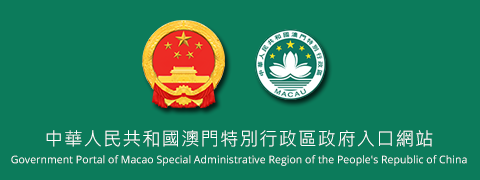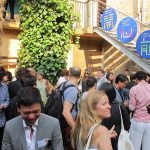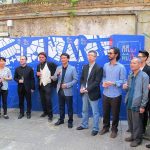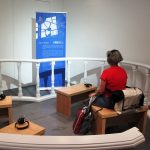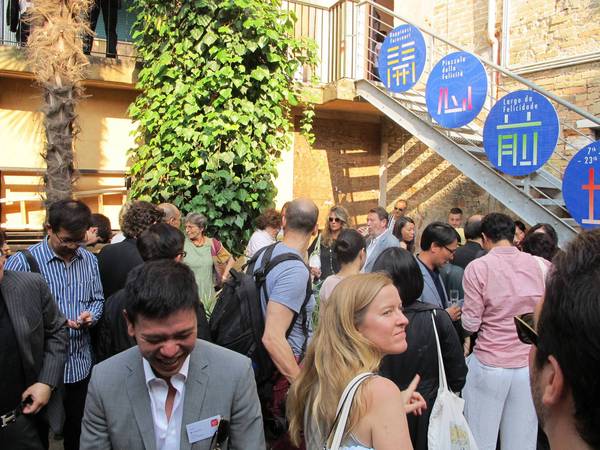
A delegation of representatives from the Architects Association of Macau led by Cheong Cheok Kio, head of the Cultural Heritage Department of the Cultural Affairs Bureau, went to Venice, Italy to officiate the opening of the Macao Pavilion in the 14th Venice Biennale of Architecture, held on 5 June. Lao Iong, head of the Urban Planning Department of the Lands, Public Works and Transport Bureau and Leong Chong In, President of the Architects Association of Macau were invited to participate in the ceremony. Boyce Lam, head of the Special Projects Division of the Cultural Affairs Bureau and other relevant representatives also attended the ceremony. The 14th edition of the Venice Architecture Biennale runs from June to November [2014]. Hosted since 1980, the Venice Architecture Biennale has become one of the most influential international major events in the architectural arts circle and academia, providing a powerful communication platform for professionals worldwide to exchange their views on architectural arts and culture. The Biennale's curator, Rem Koolhaas – Professor of Practice of Architecture and Urban Design at Harvard University Graduate School of Design – was responsible for the theme of this edition of the exhibition: 'Fundamentals.' This year the exhibition is oriented towards research narrating the architectural development of the last 100 years to assess how urban landscape development is influenced by modern styles and how it looks like today. A total of 65 countries participate in the Biennale. The national pavilions conform to the subtheme 'Absorbing Modernity', offering an analysis of the history and modernisation process of each country and how modern architecture gradually developed an independent quality in these places. The exhibition sections are located in two areas, namely Arsenale and Giardini, showcasing the progress of global urbanization as well as the development status and integration of old and new architecture through design, video, installation, public art, case studies and conversations, and offering an important communication platform for professionals from different places around the world to exchange their views on the architectural arts and culture. It is the first time Macao is represented in this important exhibition, a participation organized by the Cultural Affairs Bureau and co-organised by the Architects Association of Macau. The Macao Pavilion is themed 'Happiness Square'. The word 'square' is translated from the Portuguese 'largo', an important urban site in the daily life and festive activities of the population. The 'largo' is one of the architectural characteristics of Macao and a symbol of the city's past of cultural fusion, featuring colourful buildings of western and eastern inspiration, as well as the citizens' daily lifestyle. The interaction of these buildings and daily life facilitates the emergence of a strong cultural vitality, echoing the theme of the exhibition 'Fundamentals.' The Macao Pavilion comprises four parts: 'Low Stool? Yes, More!'; 'From Below to Above'; 'Listen to the Heart' and 'The Added Layer.' These represent, respectively, the low seats in coffee stalls, the assorted decorative and floral patterns in temples and churches, the sounds of different Macao festivals and ambiences, and architectural elements featured in the external walls of old buildings, immersed in Macao characteristics which reveal the unique cultural heritage of the territory, its architectural features and traces of the citizens' quotidian. The Macao Pavilion in the 14th Venice Architecture Biennale is located next to the ticket office at Arsenale close to the main entrance of the area. The Biennale is open to the public from 7 June to 23 November. For details, please log onto: www.labiennale.org/en/architecture/news/22-04.html.
View gallery